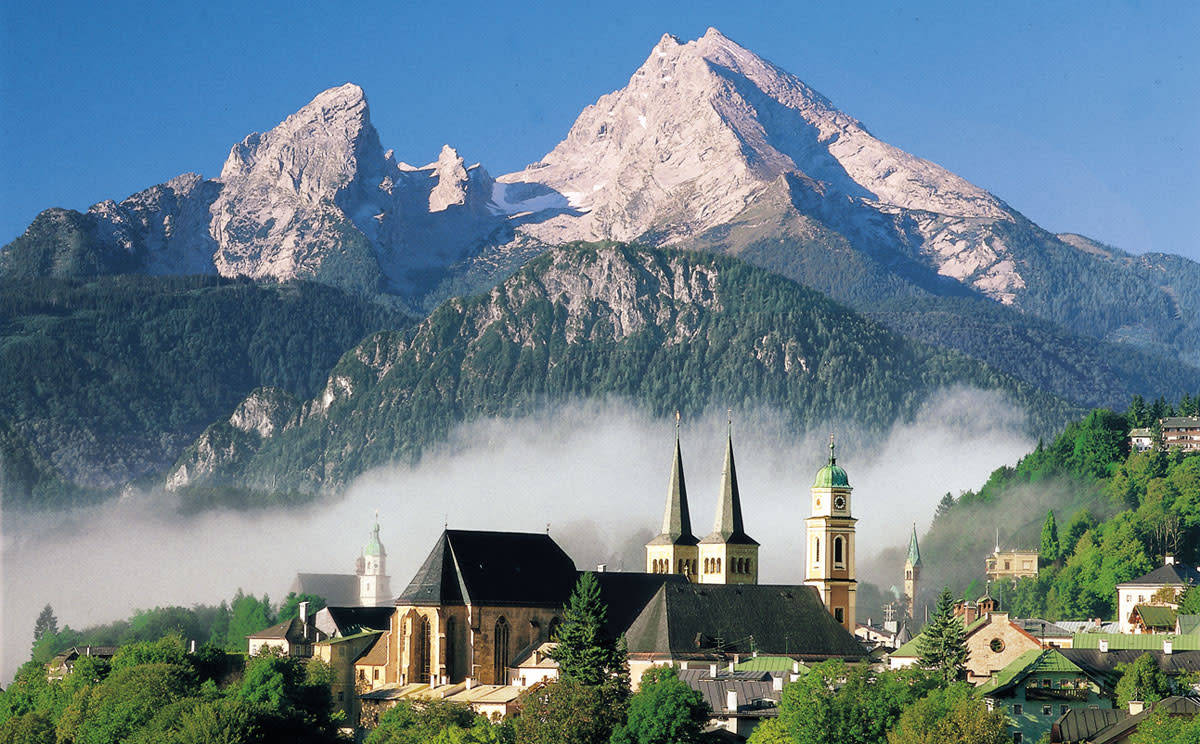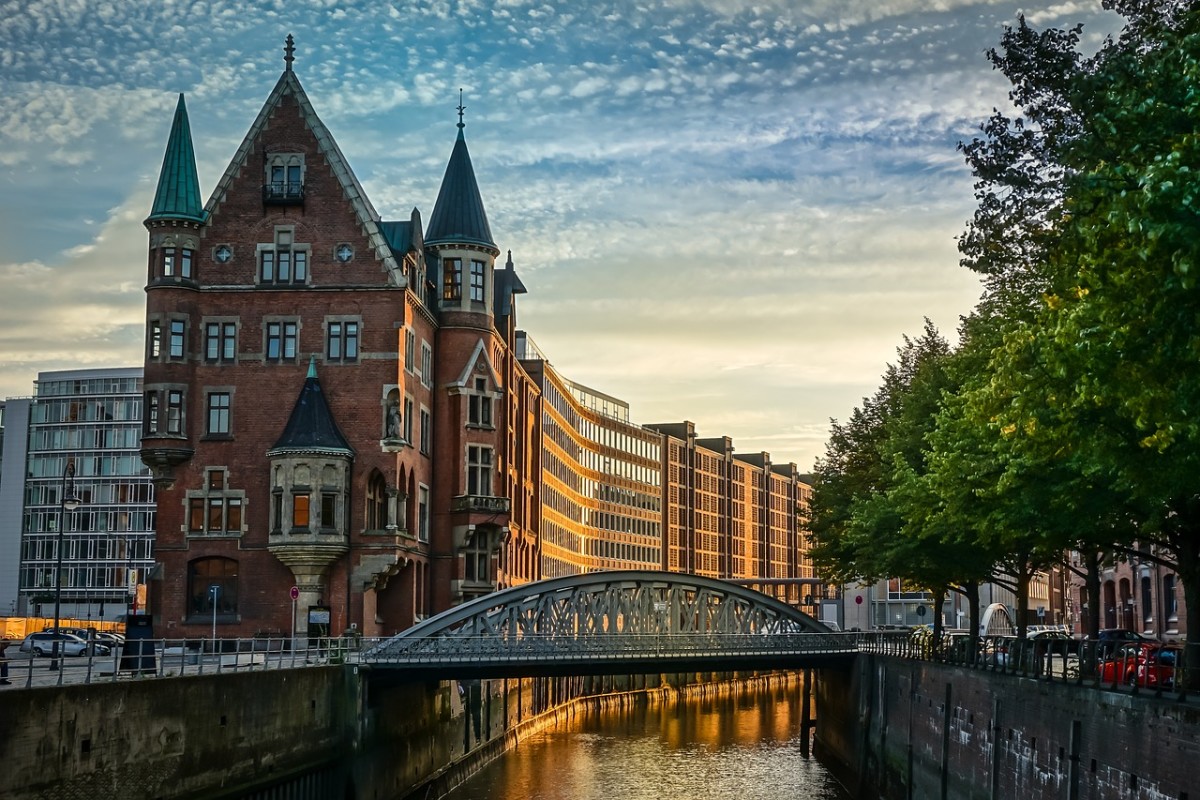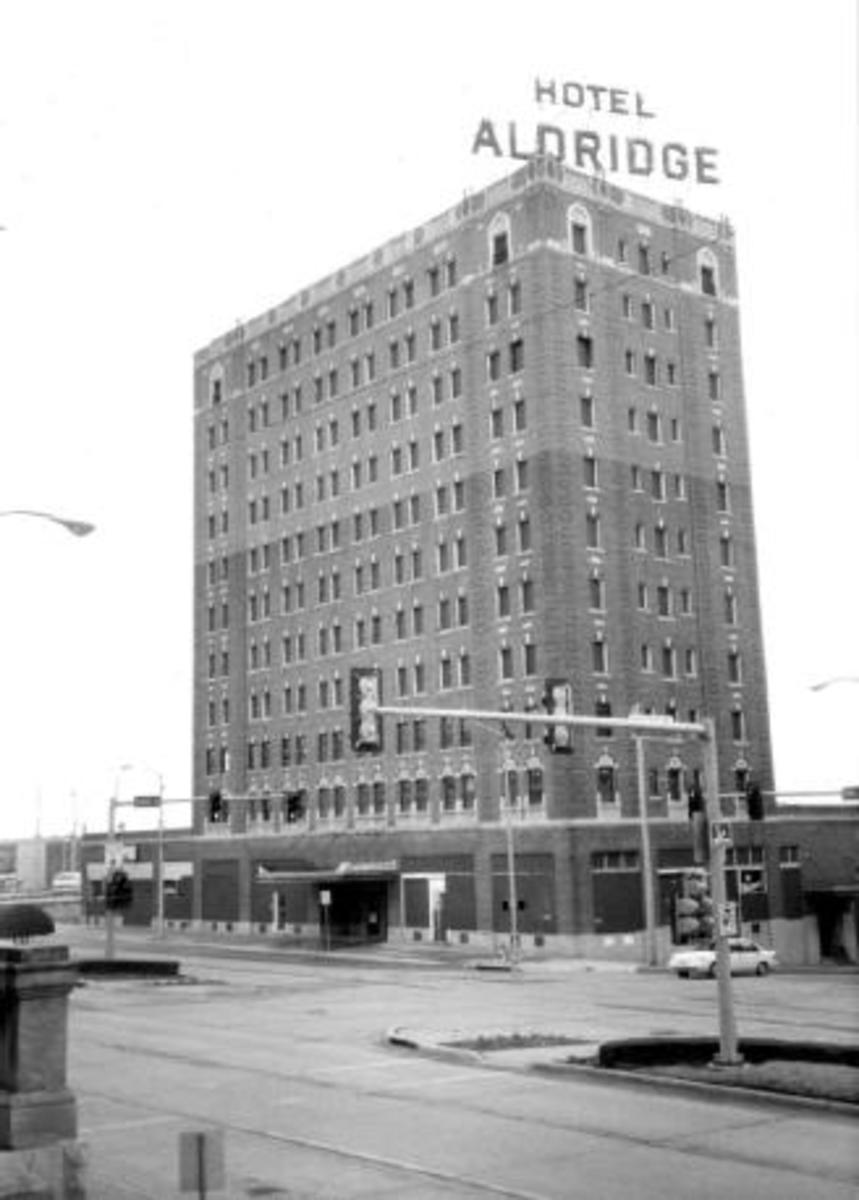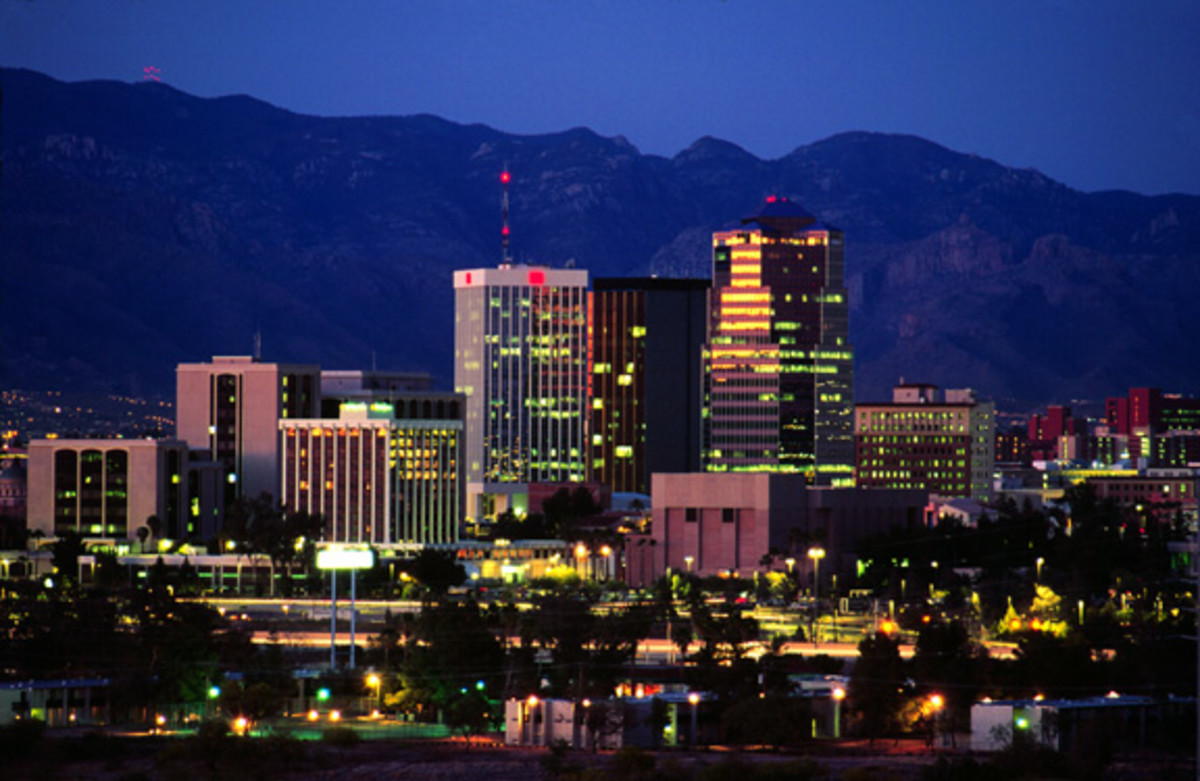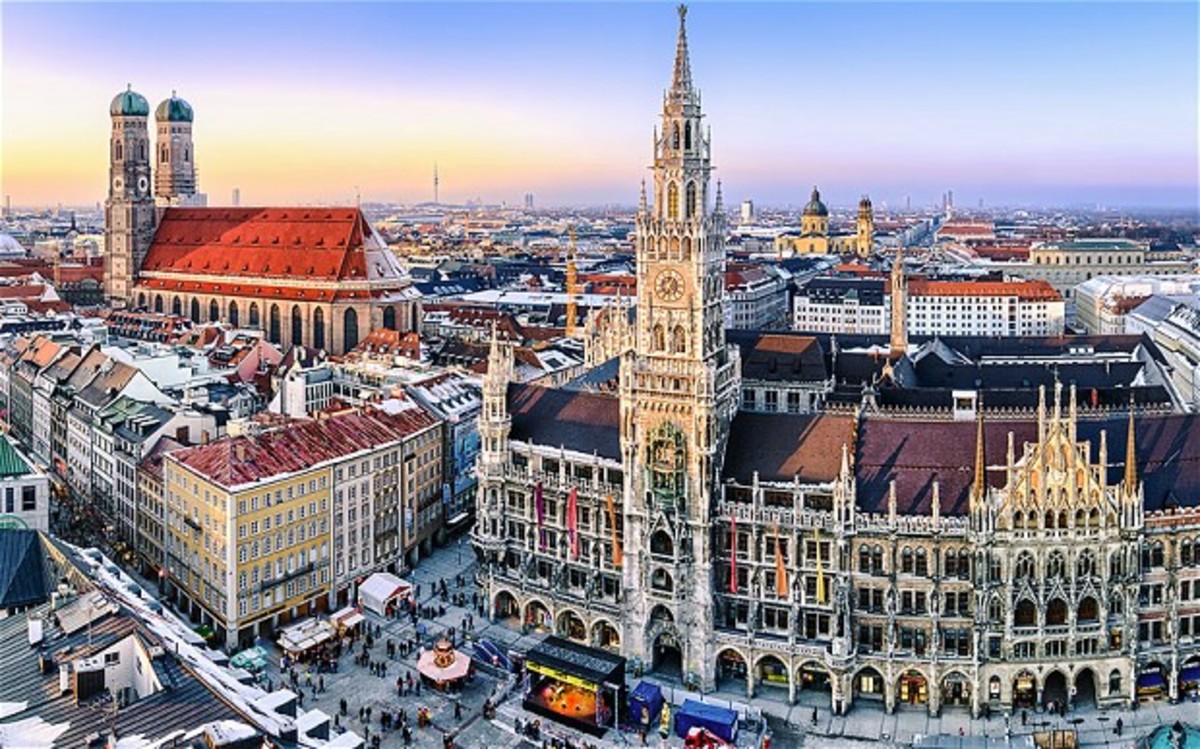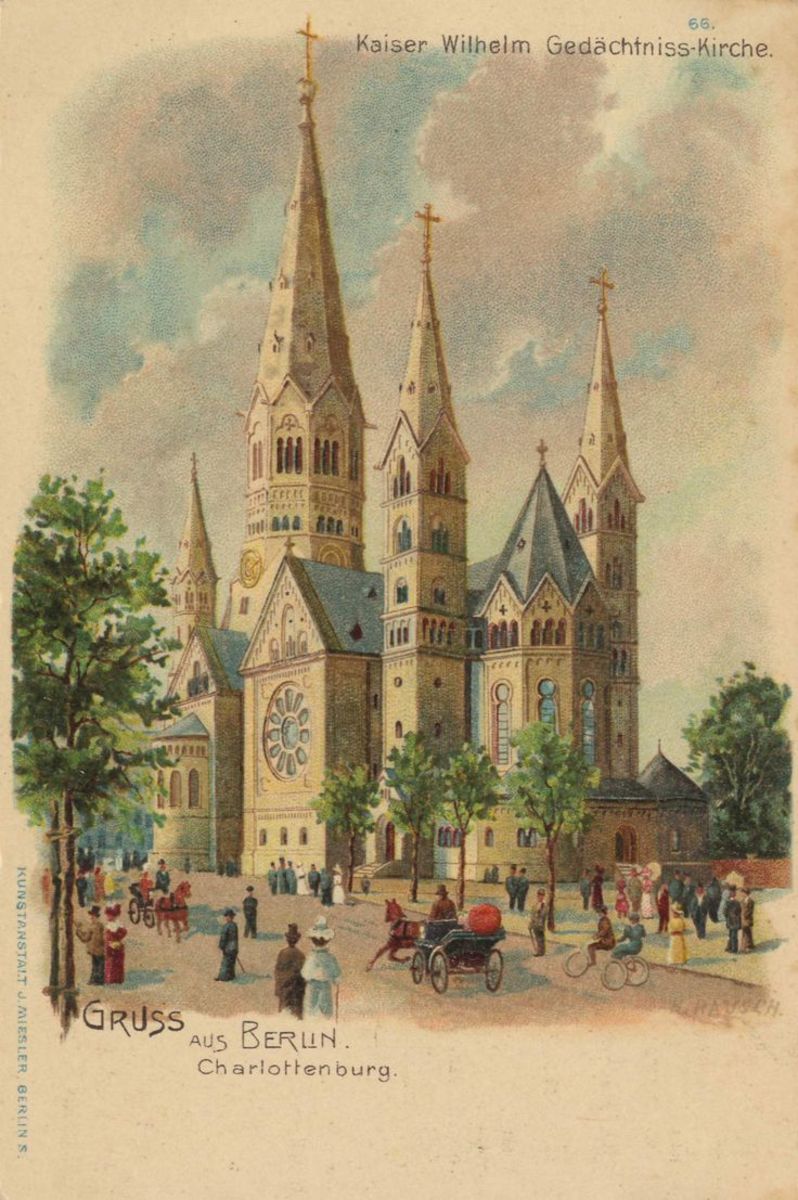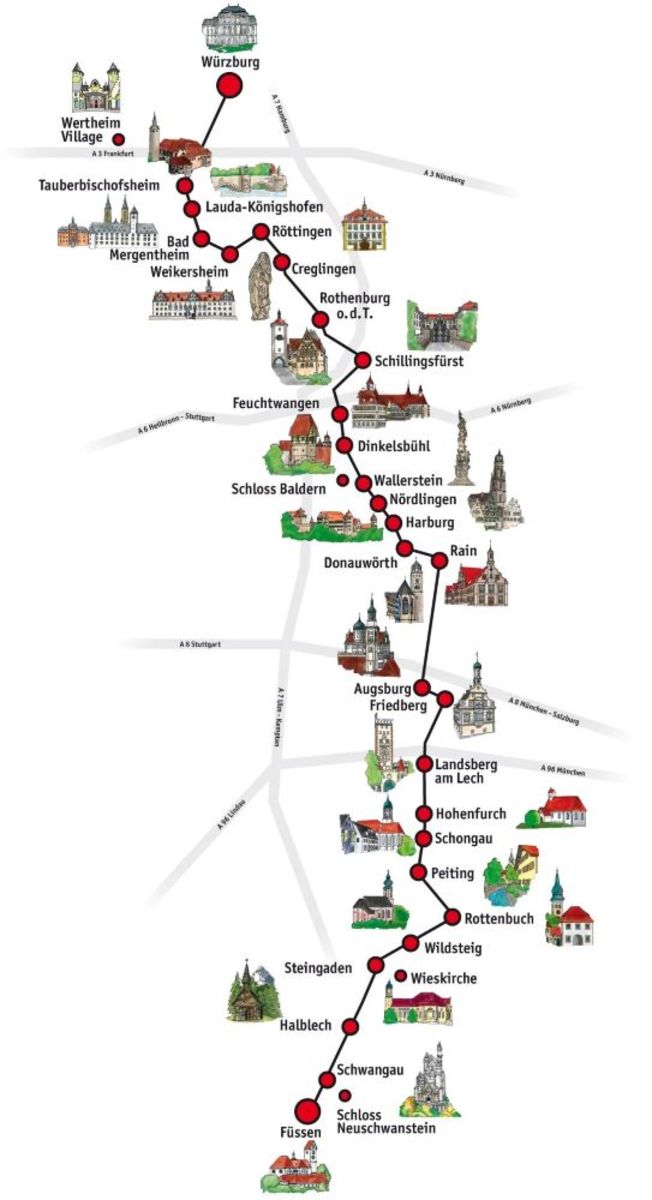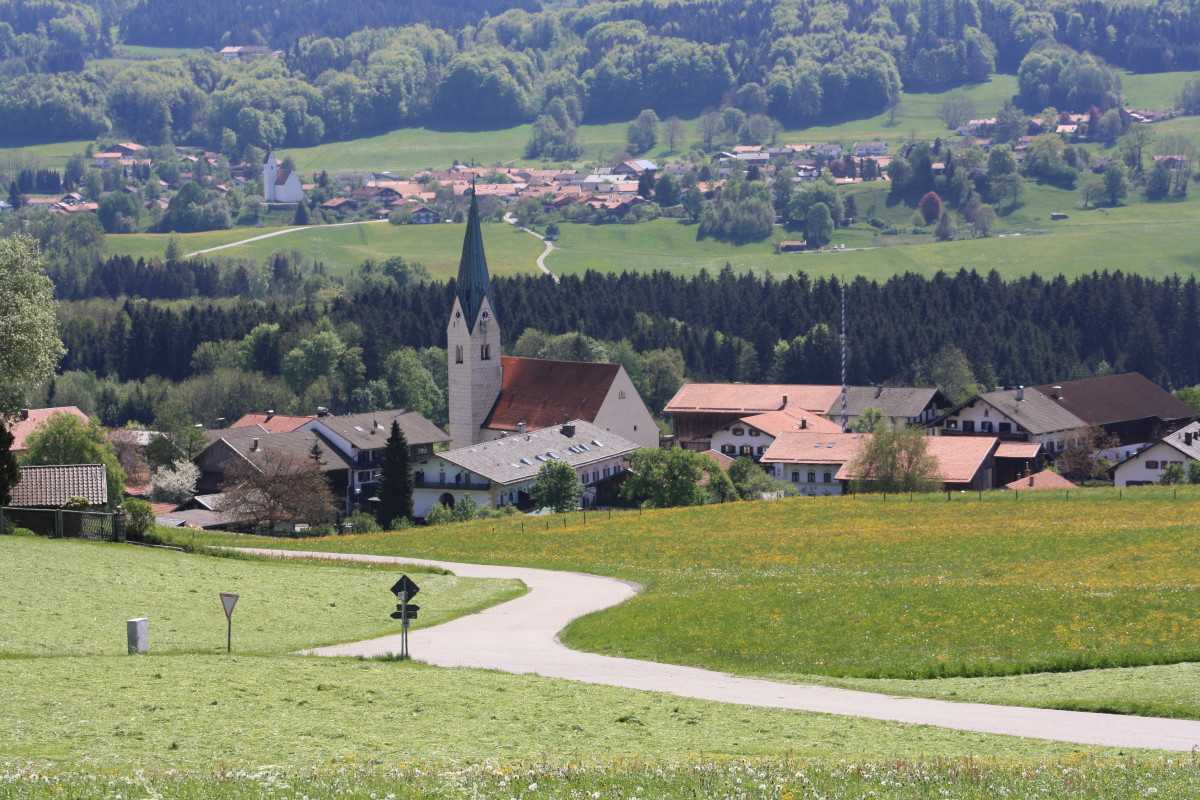Facts About Frankfurt, Germany
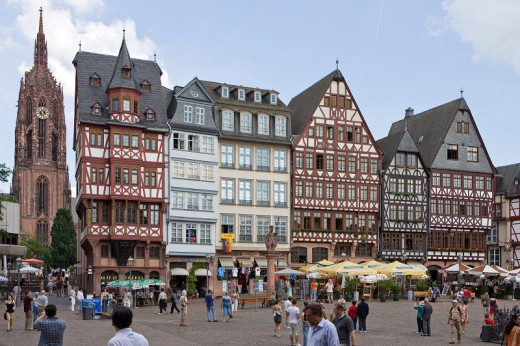
Frankfurt am Main (Frankfurt) a city in the state (Land) of Hesse in Germany. It is a financial, industrial, and commercial center of world importance and the dominant sector of the Rhine-Main metropolitan area of 2.5 million people.
The great transportation route from Switzerland and southern Germany divides at Frankfurt: one branch follows the Rhine to the Ruhr Valley and Rotterdam; the other crosses the Main River at Frankfurt to reach northern Germany. Frankfurt is a major junction in the rail, highway, and river systems of Germany and has the country's busiest airport.
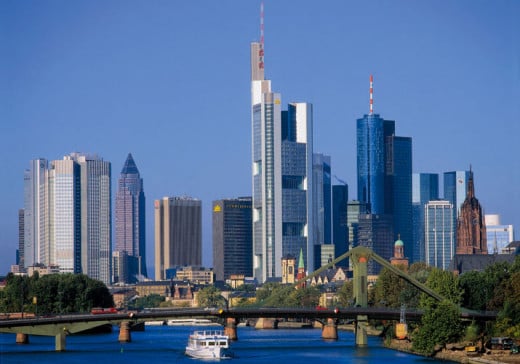
Hauptwache (Guardhouse) Square is the heart of modern Frankfurt, and the Zeil, on which it is located, is the city's main shopping street. Its historic core, the Old Town, is bounded on the north by the Zeil and on the south by the Main. The financial and business section stretches to the north and west of the Old Town, crossing the ring of promenades that marks the line of the medieval city's wall of 1333.
Until its devastation in World War II, the Old Town remained a mass of half-timbered, gabled houses. Today only isolated historic buildings survive or have been restored in the area, which has become a quiet backwater of the city. Dominant still is the many-pinnacled spire of the cathedral, where German kings and emperors were crowned. The three gabled houses facing Römerberg Square have been the symbol of the city through the ages. The central house, the Römer house proper, became the town hall in 1405. Other restored buildings include Goethe's birthplace and the oval Paulskirche, the meeting place in 1848–1849 of the German National Assembly.
Some of the Finest Buildings in Frankfurt
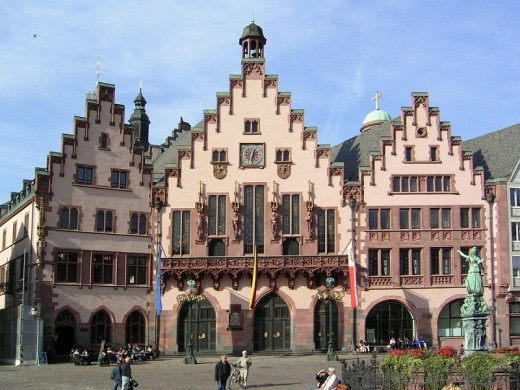
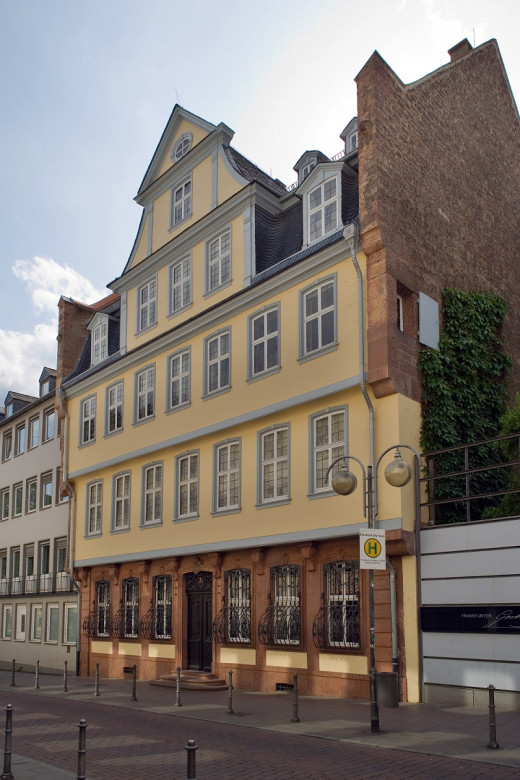
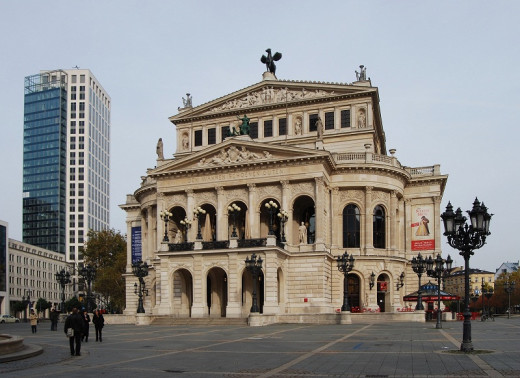
Tall office buildings increasingly dominate the Frankfurt skyline as they invade the residential district west of the Old Town. Dense residential areas stretch out to a second ring of parks and promenades, which links the main railway station, the extensive exhibition grounds, the university, the Palmengarten (an exotic garden), the vast IG-Farben administrative building, and the zoo. Beyond the second ring are public housing projects. South of the Main there has been less expansion, and the Stadtwald (City Forest) is soon reached. Because of the proximity of excellent ground and air communications, a new office center has grown up on this side of the Main, relieving congestion in central Frankfurt.
Frankfurt's financial institutions include the German Federal Bank, the leading German stock exchange, and the country's only gold market. After the war the fur and book trades of East Germany migrated to Frankfurt. International trade fairs play an important role in the economic life of the city. Financial power and excellent communications have also enabled the city to become a leading industrial center, with particular emphasis on chemicals, pharmaceuticals, and electrical and electronic equipment.
Frankfurt's educational system includes a wide variety of institutions, the most important of which is Johann-Wolfgang-Goethe University. Libraries and museums were hard hit during World War II, but the rebuilt City and University Library is one of the most modern in Europe. There are museums in the restored historic buildings of the Old Town and on the south bank of the Main. Theaters and concert halls flourish. The city has one of the world's great newspapers, the Frankfurter Allgemeine Zeitung.
More Cool Buildings in Frankfurt
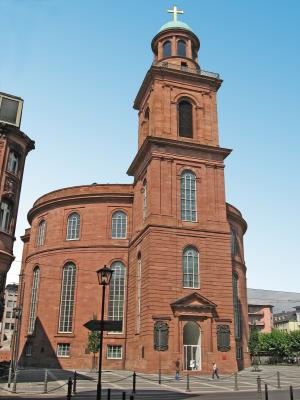
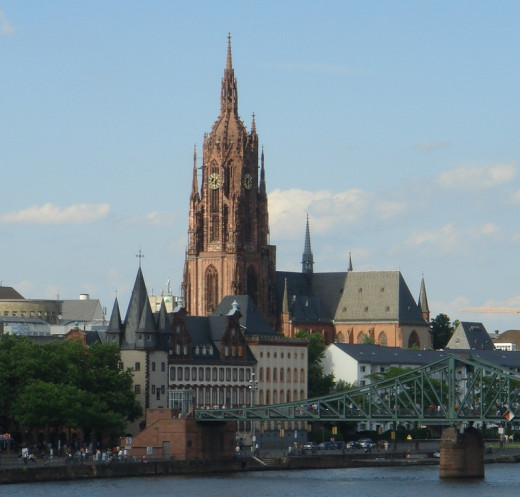
In Roman times a small fort on the present cathedral hill guarded a Roman bridge over the Main. The fort was succeeded by a Frankish settlement, which by Carolingian times had developed into one of the greatest royal palaces of Germany. Frankfurt continued to be a royal residence through early medieval times. In 1356 the "Golden Bull," or basic law of the empire, designated Frankfurt as the permanent place of election of the German kings.
By the 14th century Frankfurt's citizens had secured their independence within the empire. Trade in wool and cloth, and above all the great medieval trade fairs, brought wealth, which was increasingly applied to moneylending. In the 17th and 18th centuries Frankfurt developed a world-famous banking system, with houses such as Bethmann and Rothschild. The significance of Frankfurt as a symbol of German unity was recognized in its selection as the seat of the Imperial Diet from 1815 to 1866 and of the German National Assembly in 1848–1849.
Frankfurt's trade and status as a free city suffered, however, as the German states consolidated around the city. The Prussian occupation of 1866 ended Frankfurt's independence, but its integration into a united Germany opened the way for the city's rapid growth. With the dismantling of Prussia in 1945, Frankfurt became part of the new state of Hesse. The city rose dramatically from its ruins, more prosperous than ever. After 1964 the total population declined for a time, although in the early 1970s it was still well above the 1939 figure of 553,000. Many inhabitants left the city to commute from the suburbs, but the influx of foreign workers prevented an even greater rate of decline. Growth later resumed.

